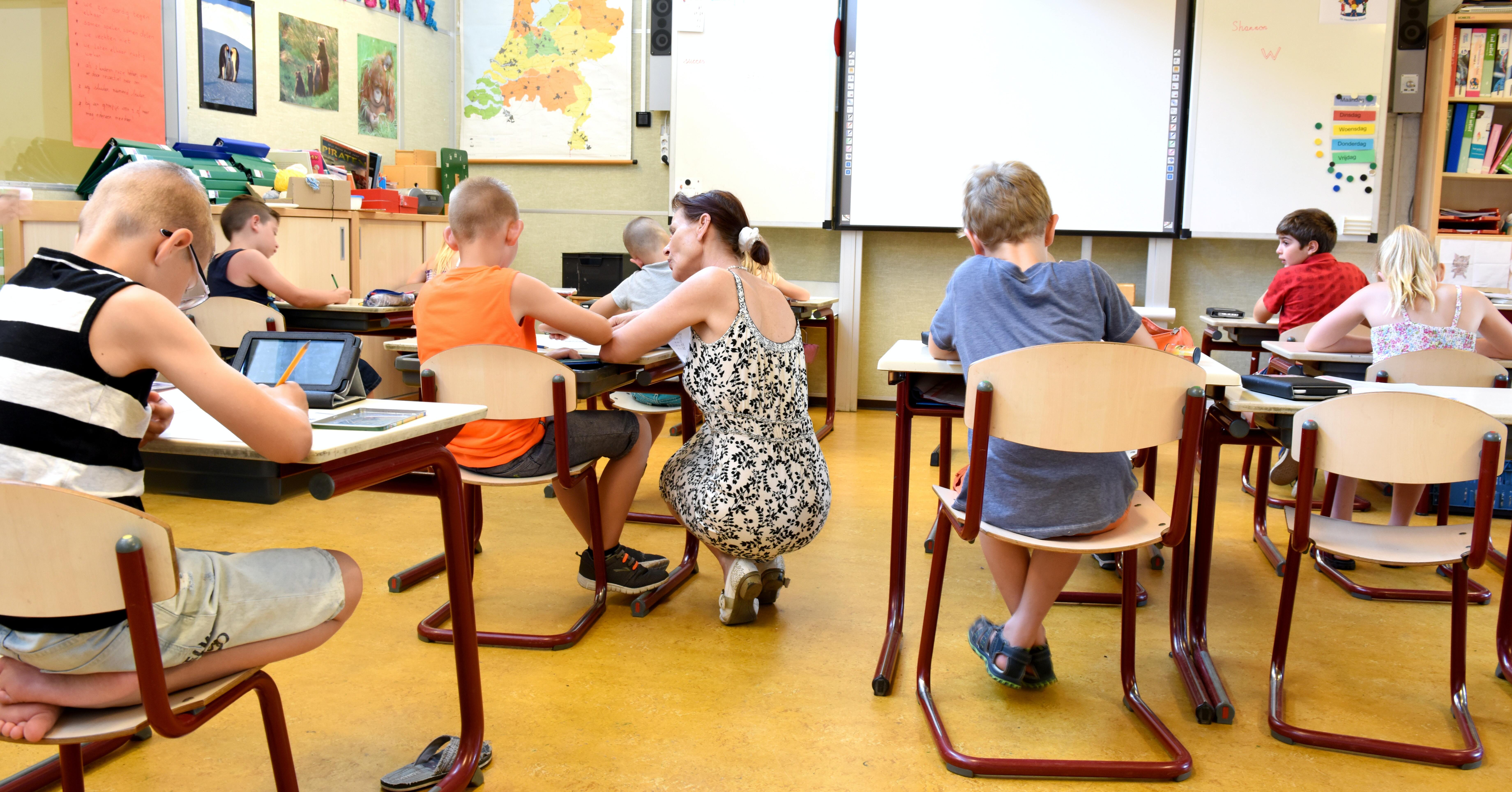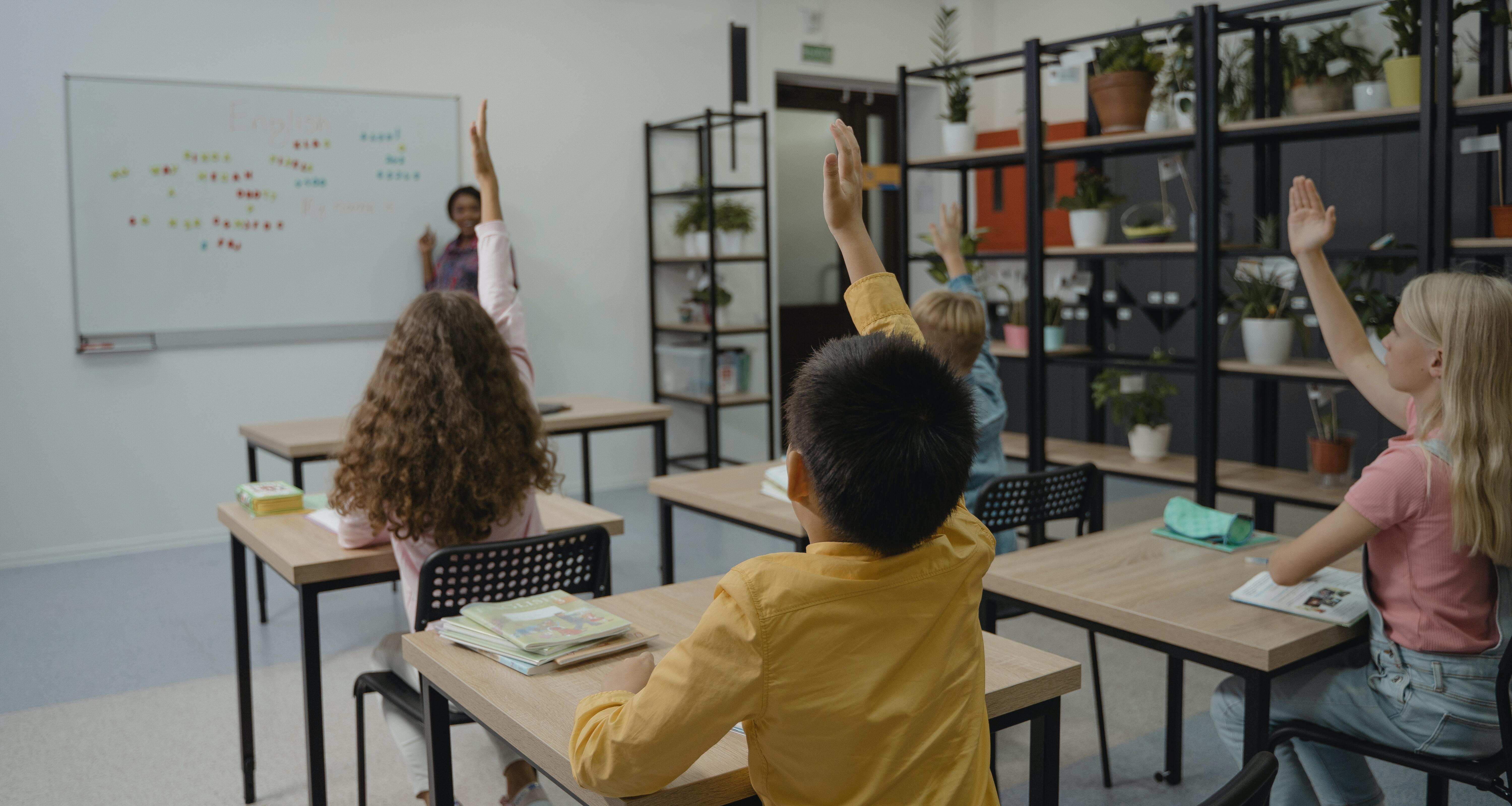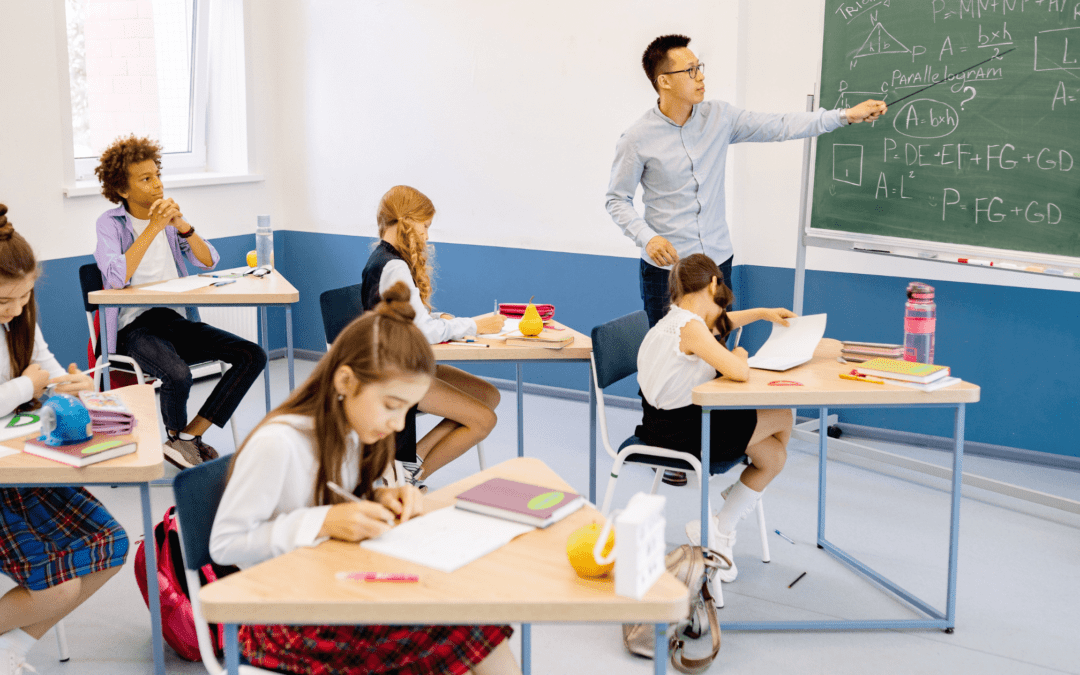When students walk into a classroom, they should be able to feel the challenge awaiting them. The desk and chairs should be neatly organized with all of the necessary tools for learning in reach. The walls should be covered in stimulating art and posters that encourage curiosity. Everything in the room should be working together to create an immersive environment for learning. In this blog post, we will provide tips on how to make your classroom up for the challenge!
Ensuring your classroom is up for the challenge – Tips on how to do it

Every classroom is different, and every student learns differently. But there are a few key things that every successful classroom has in common. Whether this means that your classroom needs the addition of classroom chairs or that your students need more access to technology, there are tips that will help you make sure your classroom is up for the challenge! Of course, as a teacher, you know your students best. Consider how they learn and what challenges they face on a daily basis.
Make sure the desk and chairs are neatly organized to create a calm and orderly space
Neat organization in the classroom goes a long way. Even further than one might assume. When the desk and chairs are neatly organized, it provides a sense of calm for the students. It also allows them to focus on their work and not be distracted by their surroundings. A classroom should be a place where students can feel comfortable and safe learning. Moreover, the sheer organization of the tables and chairs can also signify to students that learning is taking place.
Cover the walls with stimulating art and posters that encourage curiosity
Classroom walls should be covered with art and posters that are both stimulating and encourage curiosity. The artwork should be bright and vibrant, while the posters should provide information that is engaging and thought-provoking. This will not only make the space more visually appealing, but it will also make it more conducive to learning. And because smartphones are in everyone’s pocket, this can help keep children off their phones and allow them to shift their focus on something else. Furthermore, it will help to create an immersive environment for learning. You can also encourage students to create their own artwork to display in the classroom!
Hang a whiteboard or chalkboard to allow for spontaneous creativity
A whiteboard or chalkboard is a great way to allow for spontaneous creativity in the classroom. It can be used for brainstorming sessions, impromptu lessons, or simply as a way to display student work. Having a designated space for creativity will help to foster a more innovative and collaborative learning environment. In addition, the psychological effect of having a blank slate to work with can be very motivating for students!
Fill the room with plants to promote healthy living and oxygen production
Plants not only promote healthy living, but they also help to improve the quality of the air in the classroom. This is due to the fact that plants produce oxygen, which can help to reduce fatigue and improve concentration. In addition, plants can also help to reduce stress levels and promote a sense of calm. If you are looking for a way to make your classroom more inviting and relaxing, consider adding some plants! Some good plant ideas are succulents, cacti, or even herbs that can be used in the kitchen. However, cacti are particularly well-suited for classrooms since they are very easy to care for!

Provide students with all of the necessary tools for learning, within reach
In order for students to be successful, they need to have all of the necessary tools for learning. This includes things like pencils, paper, textbooks, and other materials that will come in handy. All of these items should be within reach so that students can easily access them when they need to. Furthermore, it is important that these materials are organized and easy to find. Otherwise, students will waste valuable time trying to locate them. Finally, make sure that there is a designated place for students to store their materials when they are not using them. This will help to keep the classroom tidy and organized.
Put books within reach so that students can read them at any time
Books are an essential part of any classroom. They provide students with information and knowledge that they can use to further their education. Furthermore, books can also be used as a tool for learning. For example, if a student is struggling with a particular concept, they can look up the definition in a dictionary or find an example in a textbook. However, in order for students to have access to books, they need to be within reach. Otherwise, they will not be able to read them. Make sure that there is a designated space for books in the classroom so that students can easily find and read them.
Encourage students to get up and move around the room
It is important for students to get up and move around the room. Not only does this help to improve their concentration, but it also helps to keep them from getting too comfortable. When students are sitting in the same spot for too long, they tend to become restless and bored. To avoid this, encourage students to get up and move around the room. You can do this by setting a timer or playing music. Furthermore, you can also create a designated space for students to move around in. For example, you can set up a yoga mat or bean bag chair in the corner of the room.
Play classical music in the background to improve focus and concentration levels
Classical music has been shown to improve focus and concentration levels. This is due to the fact that it helps to relax the mind and body. Furthermore, classical music can also help to reduce stress levels and promote a sense of calm. If you are looking for a way to make your classroom more conducive to learning, consider playing classical music in the background. You can do this by putting on a CD or streaming it online. However, make sure that the volume is not too loud so that it does not distract students.
In order to create a classroom that is up for the challenge, educators need to be mindful of their surroundings and the materials they provide their students with. By following the tips above, you can create a space that is conducive to learning and will help your students be successful.

